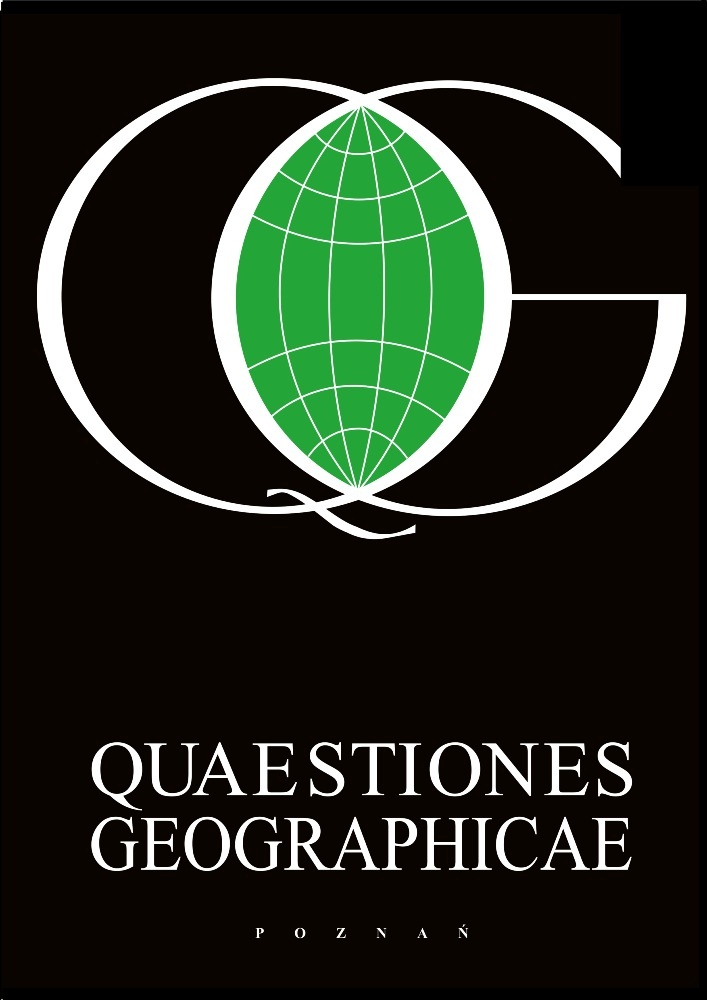Abstract
A Digital Agenda for Europe is one of the seven flagship initiatives of the Europe 2020 Strategy. The main objective of this initiative consists of promoting ICT, especially the Internet, as a strategic tool to improve business, healthcare services, transport and social activity in a better global standard-of-living context. The Europe 2020 Strategy recommends broadband access for all European citizens by 2013 and higher Internet speeds (30 Mbps or above) by 2020. Nevertheless, what is the real position in the European regional and urban context? This article attempts to describe and explain the current situation and trends in relation to the Europe 2020 Strategy initiative.
References
Armas Quintá F.J., 2009. Sociedade da información e desenvolvementorural. Análise de novos procesos sociais e territoriaisen rexións periféricas (Information society and rural development. Analysis of new social and territorial processes in peripheral regions. The case of Galicia). Servizo de Publicacións Universidade de Santiago de Compostela, Santiago de Compostela.
Armas Quintá F.J. & Macía Arce J.C., 2011. Telework and rationaluse of public and private transport in the urban area ofMadrid. XVIII Congress of the AGE [in press], Alicante.
Cairncross F., 2001. The death of distance 2.0. How the communicationsrevolution is changing our lives. Texere Publishing, London.
Castells M., 2000. La era de la información (The information age). Vol. 1. Alianza Editorial, Madrid.
Davies W.K.D., 2004. Globalization: A spatial perspective. In: Matthews J.A. & Herbert D.T. (eds), Unifying geography. Common heritage, shared future. Routledge, London.
European Commission, 2010a. A digital agenda for Europe. COM (2010) 245, final/2.
European Commission, 2010b. The European Union 2020 Strategy. COM (2010).
Eurostat, 2011. Information society. Eurostat Regional Yearbook.
Fukuyama F., 1999. The great disruption. Free Press, New York.
García Ballesteros A., 1998. Nuevos espacios del consumo y exclusión social (New spaces of consumption and social exclusion). Anales de Geografía de la Universidad Complutense, 18: 47-63.
Ges M., 1997. Telematic culture and territory. The Factory. Available at: http://www.lafactoriaweb.com.
Lois González R.C., Macía Arce J.C. & Armas Quintá F.J., 2010. ICT inequalities in the Spanish urban system. Journalof Urban and Regional Analysis, 2(2): 19-32.
Macía Arce J.C., 2007. Sociedad de la Información en la EuropaAtlántica. Análisis de casos en Galicia e Irlanda (ca. 1990-2000) (Information society in the Atlantic Europe. Analysis of cases in Galicia and Ireland). Universidade de Santiago de Compostela, Santiago de Compostela.
Méndez R., 1997. Geografía económica. La lógica espacial del capitalismoglobal (Economic geography. The spatial logic of global capitalism). Ariel, Barcelona.
Muhammad S., Ottens H., Ettema D. & De Jong T., 2007. Telecommuting and residential locational preferences: a case study of the Netherlands. Journal of Housing and the BuiltEnvironment, 22: 339-358.
Rhee H., 2007. Home-based telecommuting and commuting behavior. Journal of Urban Economics, 63: 198-216.
Sassen S., 2003. Los espectros de la globalización (The spectrum of globalization). Fondo de Cultura Económica, Buenos Aires.
Short R. & Kim Y.-H., 1999. Globalization and the City. Longman, Harlow.
Veltz P., 1999. Mundialización, ciudades y territorios (Globalization, cities and territories). Ariel, Barcelona.
License
This content is open access.
